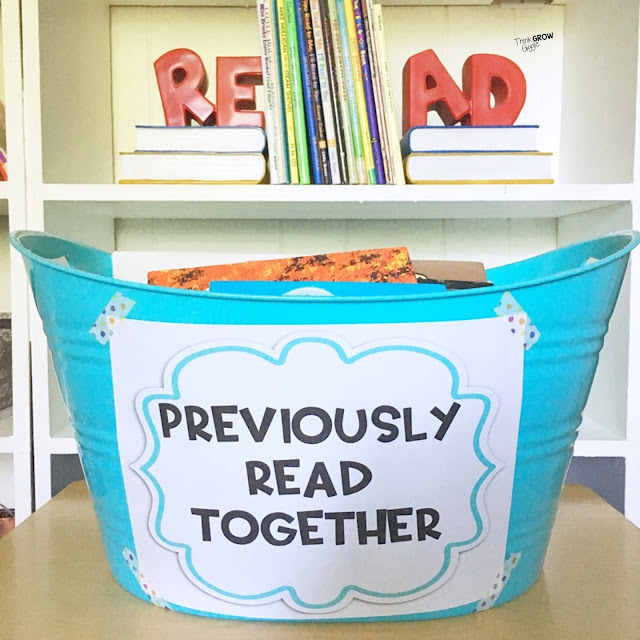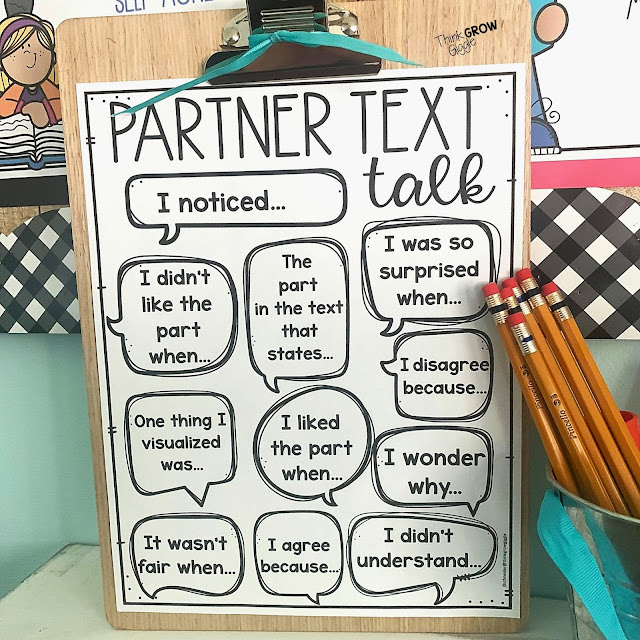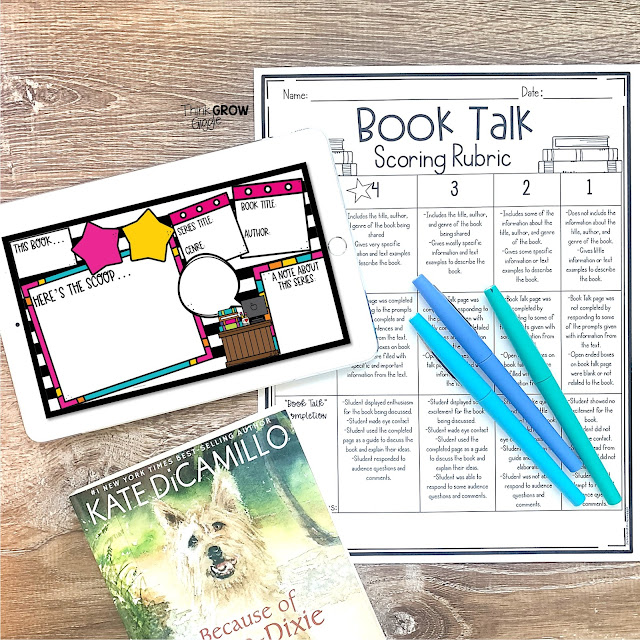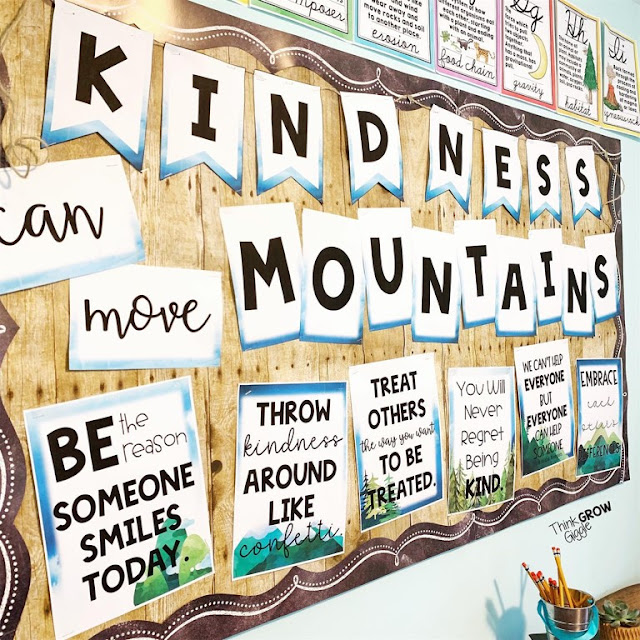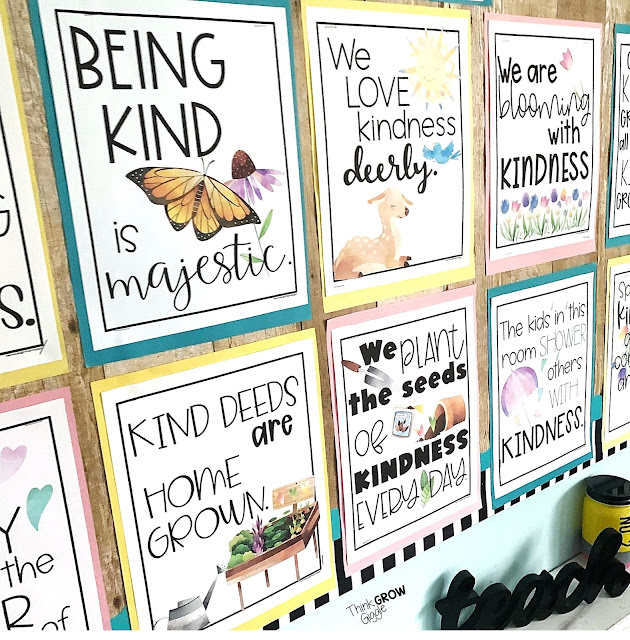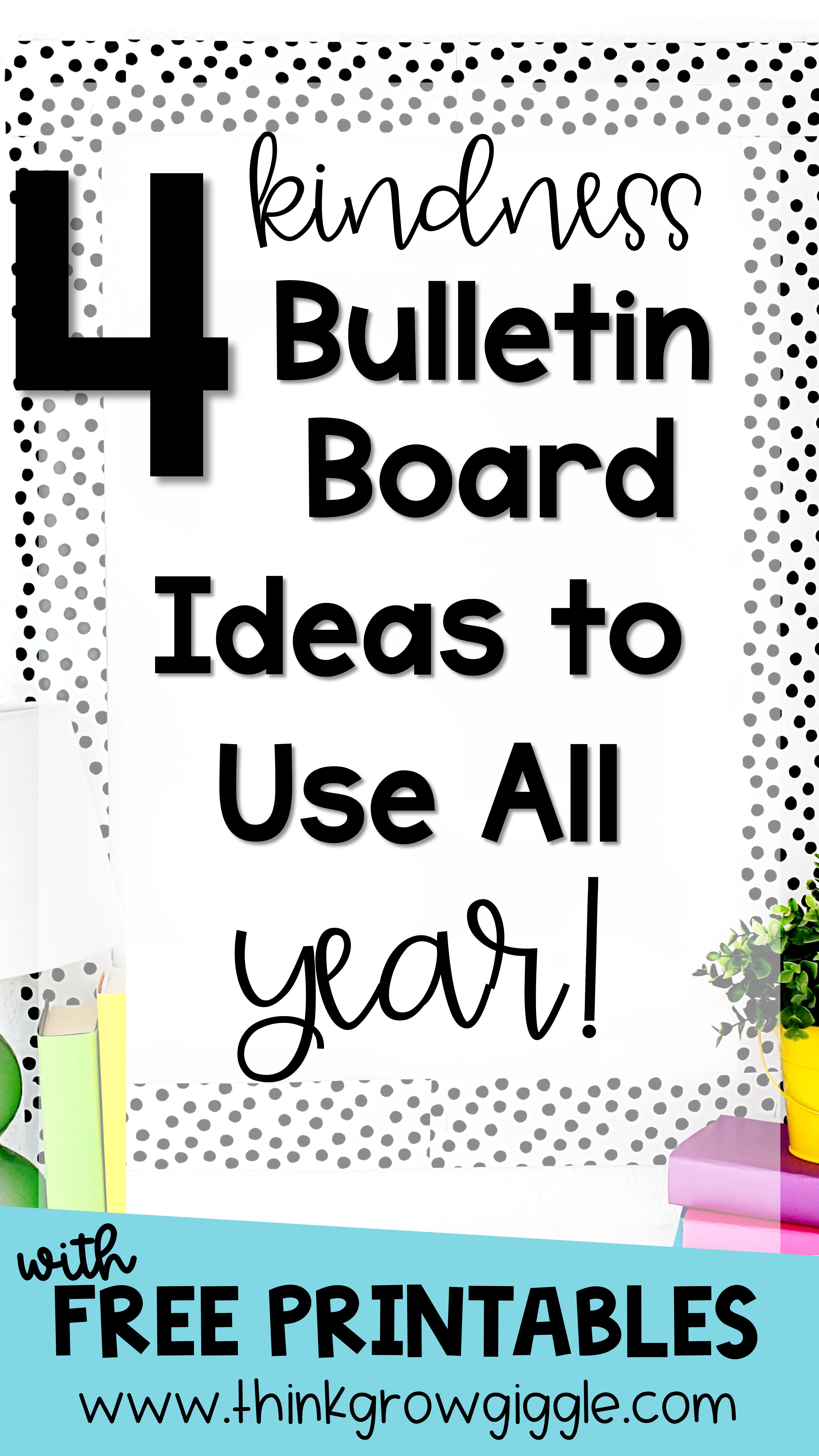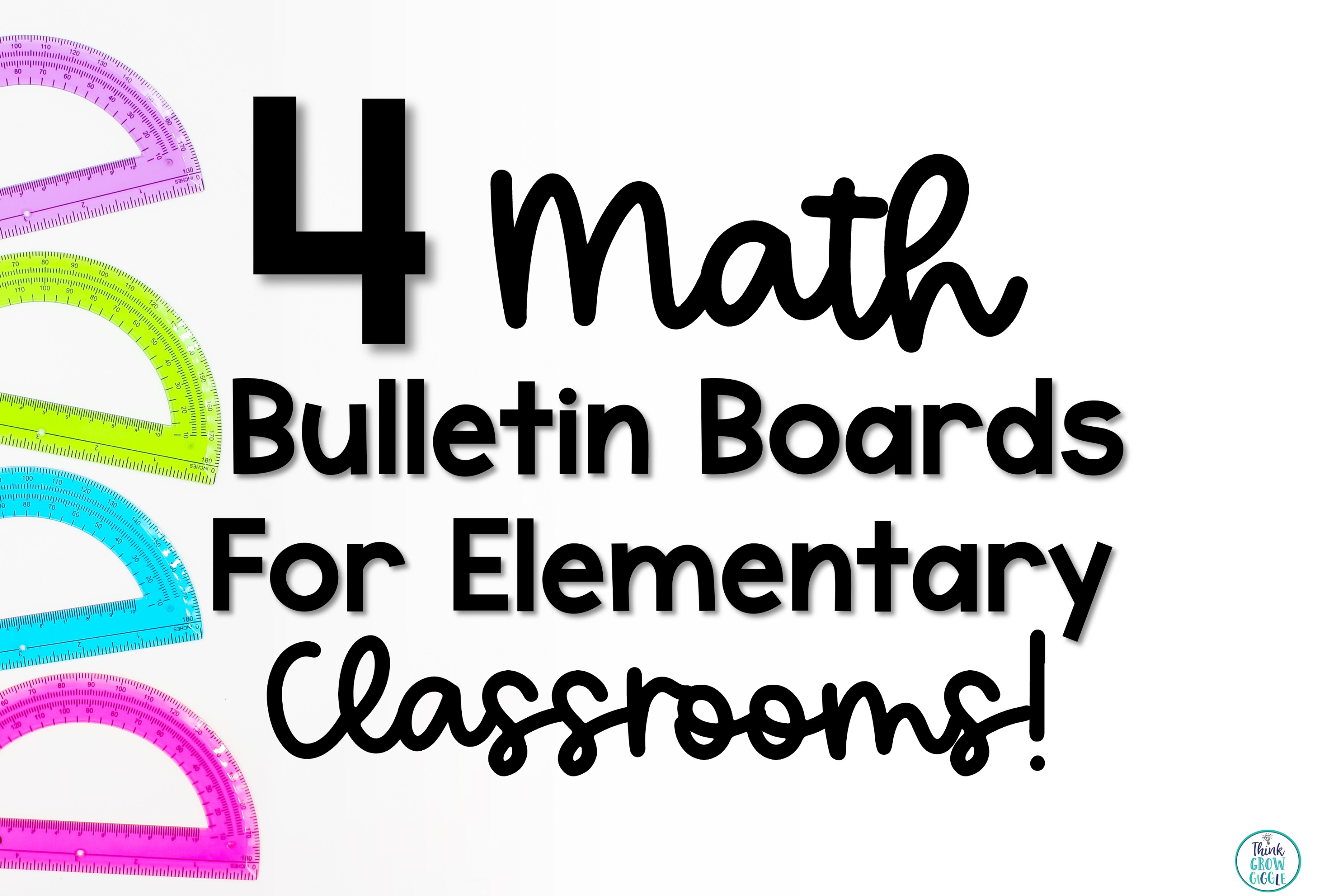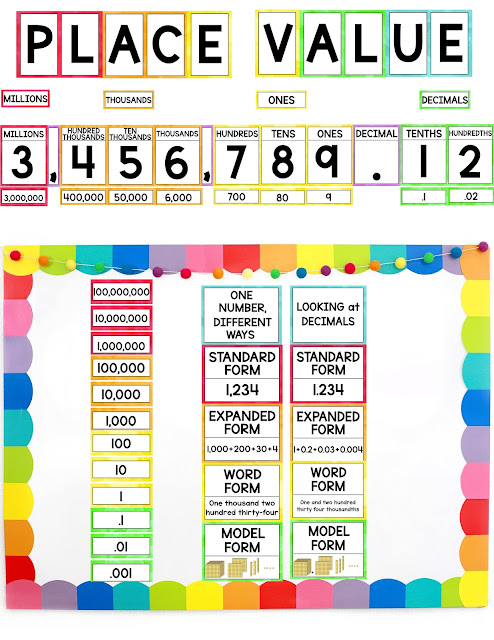Are you looking to strengthen student reading comprehension, increase class participation, and help your students develop a love for reading a wide range of books? By engaging students in powerful reading discourse, you will help your students do all three!
When students engage in reading discourse with their peers about the books that they read, their motivation and interest in reading increase, and their comprehension skills become stronger. This is because students must listen to what others say and then join the conversation by responding using both their own opinion and text evidence. When students are engaged in conversations about books they use the reading strategies that you have taught them to dive deeper into the books that they read.
Increasing the amount of conversations about books that kids have with their peers each day is a great way to strengthen student comprehension skills. Here are three ways that I promote powerful reading conversations and discourse in my classroom.
1. Give Them the Reading Stems
In action in my classroom:
My students know that one of my favorite classroom phrases is, "Keep the conversation going!" I have these stems on a bulletin board in my reading corner. Next to it, is an anchor chart with step-by-step directions on how to keep the conversation going. Here are the directions on the anchor chart:
- Turn to face your partner.
- Sit eye to eye and knee to knee.
- Listen with attentive ears as your partner speaks.
- Respond using a reading stem to keep the conversation going.
- Repeat!
Students learn these stems quickly. I practice these right from the start of the school year using my favorite back-to-school read-alouds. You will notice after a few weeks of practice, students really do learn how to keep the conversation going!
These reading stems are especially useful for students who struggle to add their own thoughts to a conversation. Often times the conversation between readers can die off after one person makes a comment. By telling students to keep the conversation going, they know they need to bring that conversation back alive with one of the given reading stems!
2. Revisit Previously Read Books
Using previously read picture books as a part of your reading routine is a great way to increase student participation and confidence. In my classroom, this large bucket can be found in my reading corner. Any picture book that I have read aloud and that we have discussed and digested together goes into this previously read bucket. Since the students are already familiar with the books in this basket, it makes it easier for them to engage in discourse around the story. That is why many times I use books from this basket during mini-lessons, small group instruction, and during reading conferences.
In action in my classroom:
In addition to using these previously read books as a teaching tool, students are welcome to revisit any book in this bucket. When students reread books from this bucket they are increasing their fluency and comprehension. When struggling readers revisit books from this bucket they are increasing their confidence. There are so many benefits of having a bucket like this!
3. Focused Mid-Reading Break
I have found that the best way to get students to engage in meaningful conversations with their peers about the books that they read is to give them a specific question to think about as they read. By telling them the question before they read, you are giving them a focus and a purpose. As students read, they take quick notes and ideas to be able to answer the proposed question through rich dialogue filled with examples from the text. When it is time to discuss the book and question with their reading partner they are armed with specific examples and notes and the reading stems to help them keep the conversation going!
In action in my classroom:
During our reading block, we have a mid-reading break. Before students begin independently reading, I write a question on the board/chart paper. If we are in the middle of a character unit, the question might simply be: What character trait does the main character have? As the students read, they collect evidence to answer that question during the mid-reading break partner discussion. About halfway through reading, I stop the students, they get with their mid-reading break partner, and have a discussion about the character traits of the main character. They use both their notes and the reading stems to keep the conversation going! The kids love this time of the day and always look forward to it. After about five minutes, I stop the conversation and the kids head back out to finish their independent reading.
BONUS IDEA: Weekly Book Talks
When it comes to engaging students in meaningful reading discourse, try some of these ideas!
You will see a big increase in student confidence, participation rate, and overall reading comprehension! The more practice opportunities that you give students to engage in meaningful reading discourse, the more they will begin to put this into practice on their own.



